Experience counts for Australian men's Olympic road team
Small teams, technical circuits biggest factors according to Rogers, O'Grady
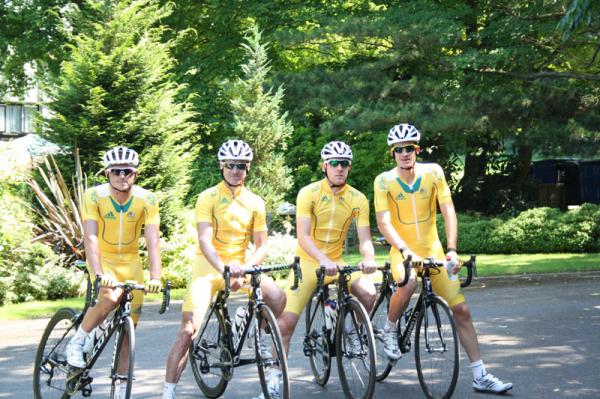
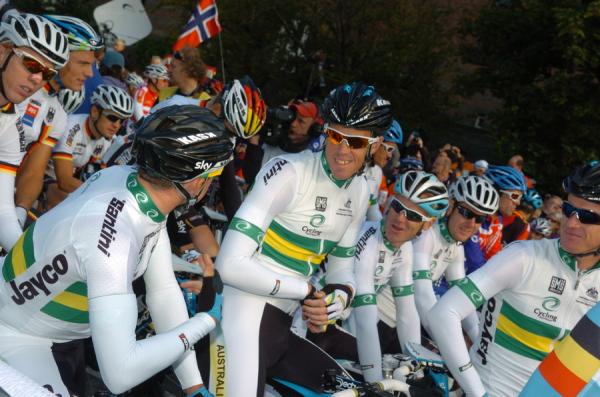
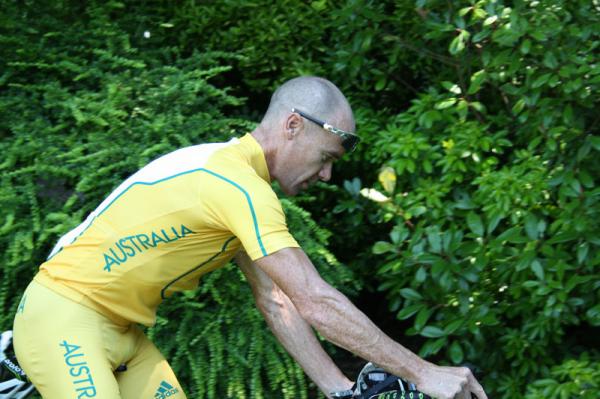
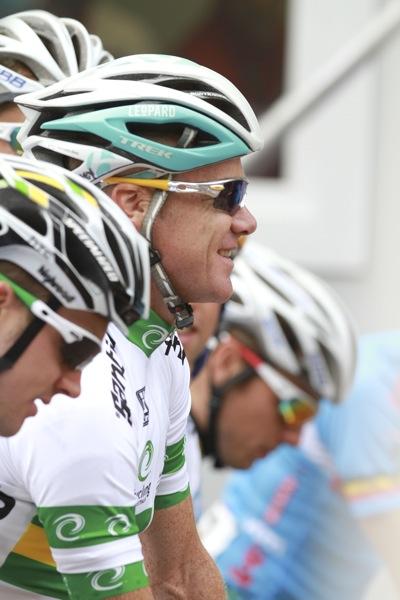
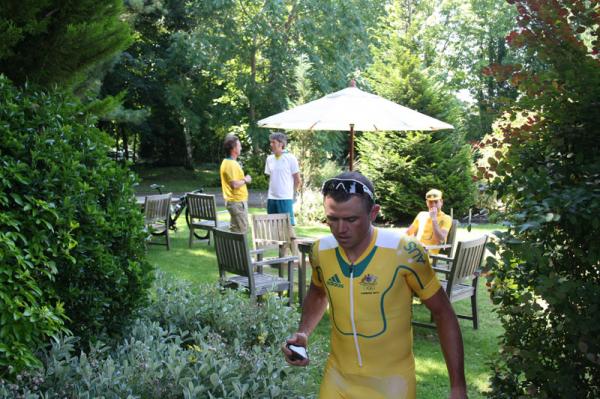
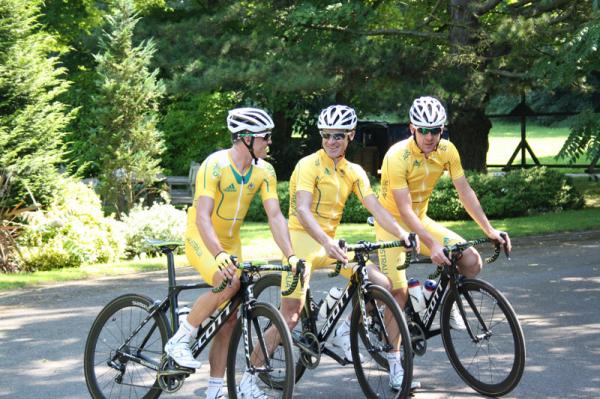
The 2012 Olympic Games is nearly upon us, and the Australian team has been hard at work scouting the circuit around Box Hill in Surrey, outside London, in preparation for the men's road race on Saturday.
Narrow, twisting roads, speed humps, traffic islands, heavily shaded lanes and, of course, the climb of Box Hill will be the main selecting factors in the 248km men's road race. Getting through the nervous opening kilometres on a tricky run out from Westminster to the nine laps in Surrey unscathed will be of the utmost importance, and the Australians are relying on a combined half century of racing experience to get them through the tricky bits.
"I think this is the best team Australia's ever brought to the Olympic road race," said Stuart O'Grady, who will compete in his sixth Olympic Games alongside Cadel Evans, Michael Rogers, Simon Gerrans and Matthew Goss. "We have someone who's won the Tour de France and the World Championships [Evans], a three time road champion [Rogers], Simon Gerrans and Matt Goss have both won one-day classics, and I won Paris-Roubaix. I think there's an incredible amount of experience in this team and it's going to be a major factor in the race."
O'Grady pegged the trip out to the Box Hill circuit as the trouble spot as far as crashes, and the circuits as the danger zone for unmanageable breakaways.
"It's going to be tricky - we will have to be alert and keep out of trouble. On the circuit there are very small roads, and it's covered so it's quite dark. Once a few riders get out of sight - you won't have any idea who that is unless you're right up front watching the action. This is where experience comes into it."
The fact that the Olympic Games only allow a maximum of five riders per team as opposed to the nine in the Grand Tours means there are fewer riders to control the race and no rider is expendable.
"With five guys we will have to be very smart about when to use riders - there are only so many times you can follow attacks or shut a breakaway down. After 248km you've got to make a lot of very wise decisions out on the road."
Get The Leadout Newsletter
The latest race content, interviews, features, reviews and expert buying guides, direct to your inbox!
Rogers agreed, but also believes that Team Australia has the right formula for any race scenario that might play out. Although some other teams might be heavily invested in a bunch sprint, such as Great Britain for Mark Cavendish or Belgium for Tom Boonen, Rogers said that the racing coming down to a sprint is no foregone conclusion.
"It would be pure speculation [to try and predict an outcome]," Rogers said. "There are only five riders per team, it's a professional sport, and the guys won't stop until there's a situation that they want. It could be a breakaway, a rider soloing to the finish. There are too many possibilities to discuss. The lack of race radios changes things. We have to make decisions based on the information we have. The less we have, the more chance there is for mistakes.
"Between Stuey and me, we have years of experience, we can communicate with each other. You don't get much more experience than Cadel, and Simon and Matt have been around a few years. We have every base covered."
Personally, Rogers said he is in some of the best form of his life, having fully recovered from the mononucleosis which plagued him in 2011 and in previous seasons. Certainly the work he did for his trade teammate Bradley Wiggins in the Tour de France showed he's back to full health.
"I [just] came off the best Tour I've ever done, obviously playing a domestique's role, I was still able to finish up there. I'm in some of the best condition road-race wise I've ever been in."
Right now the focus is on rest and recovery from the Tour, while at the same time doing just enough to keep the body primed and ready to go on Saturday.